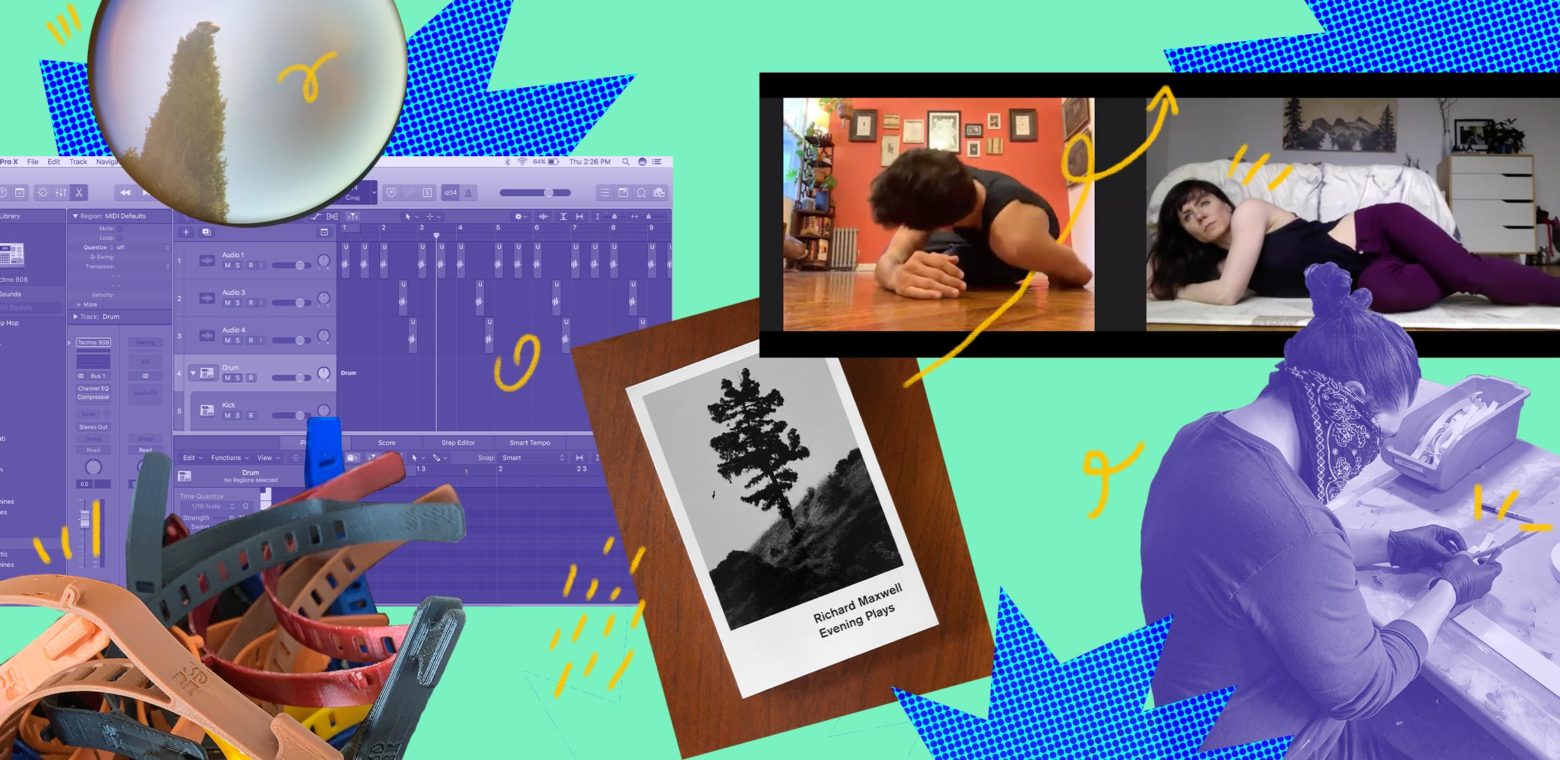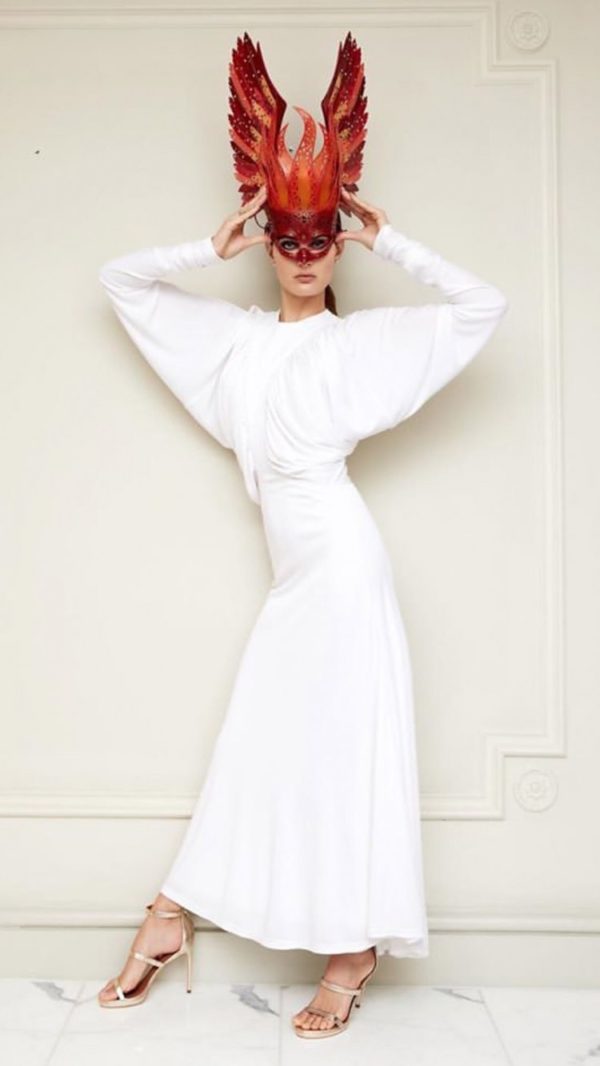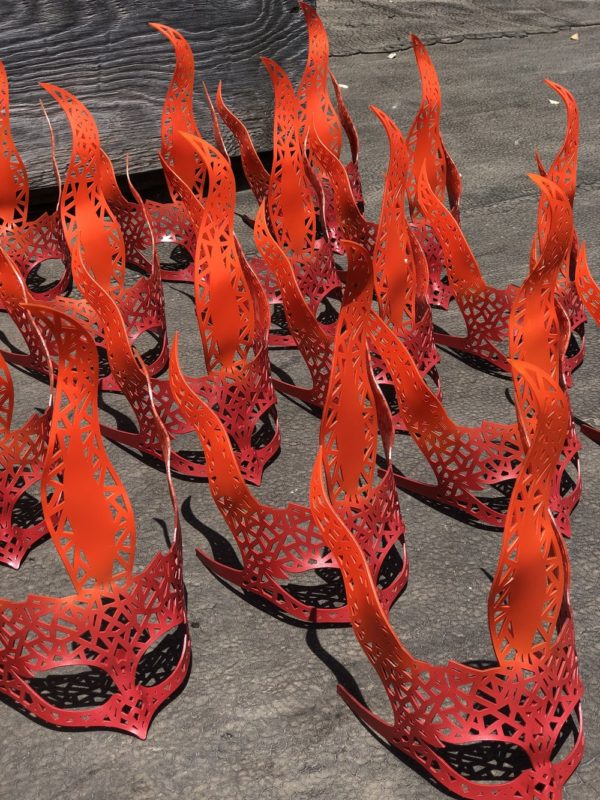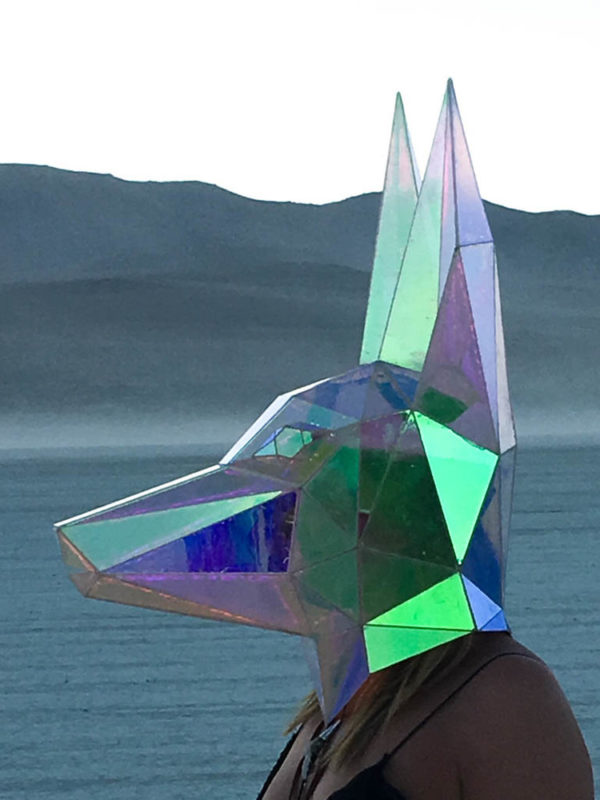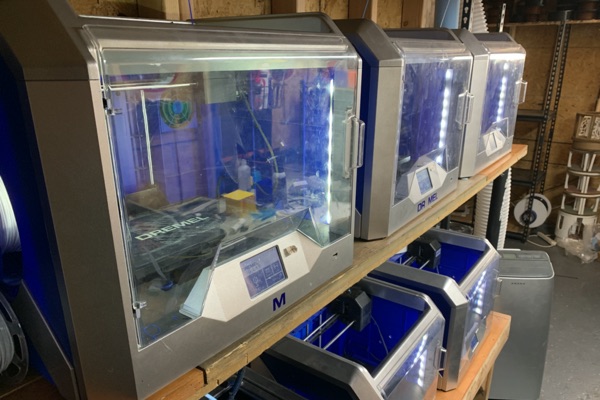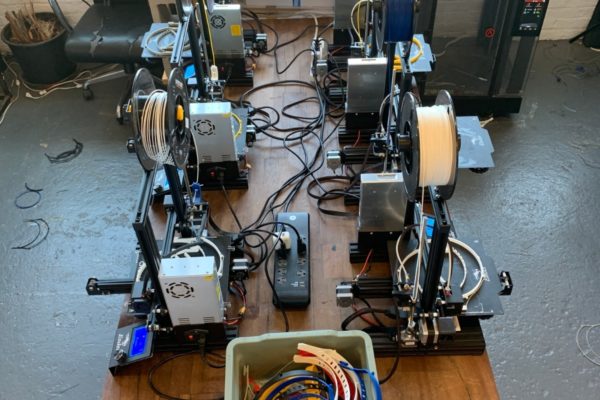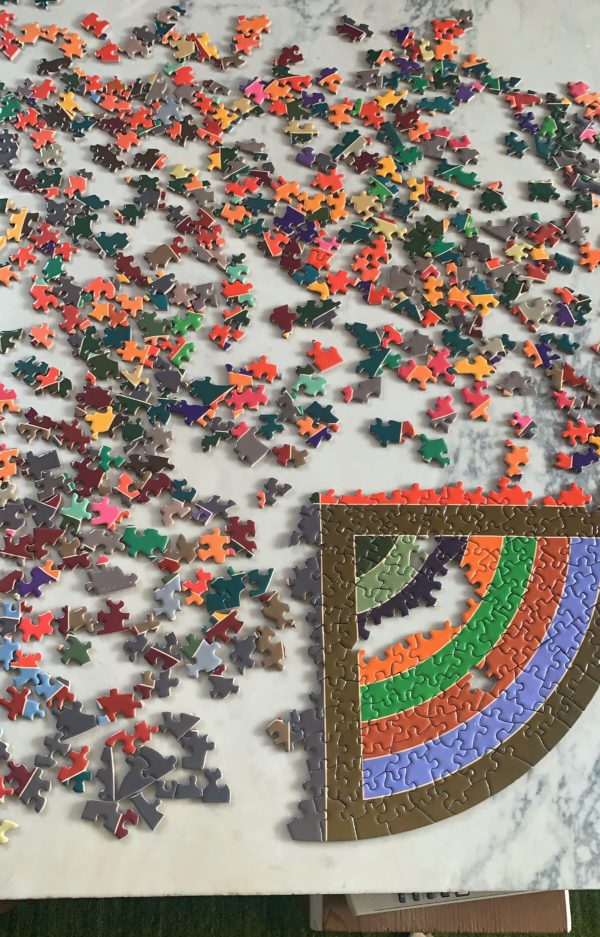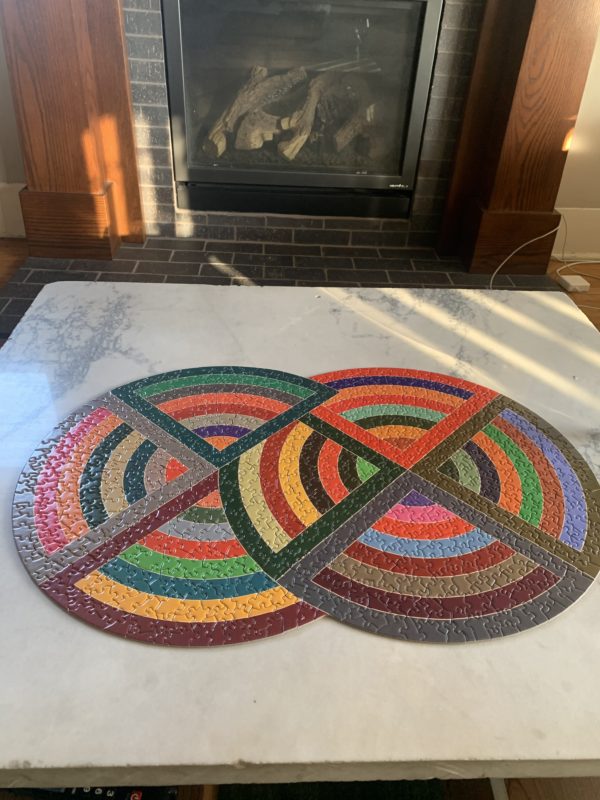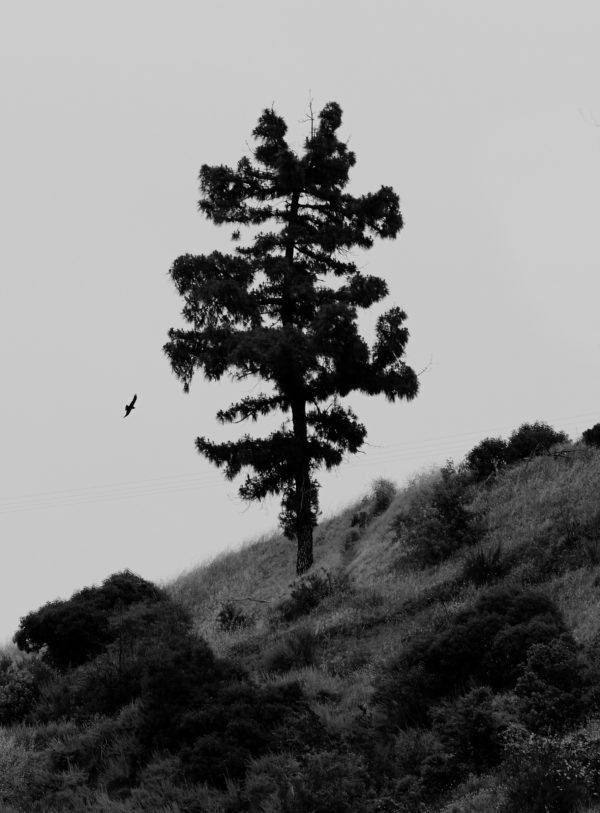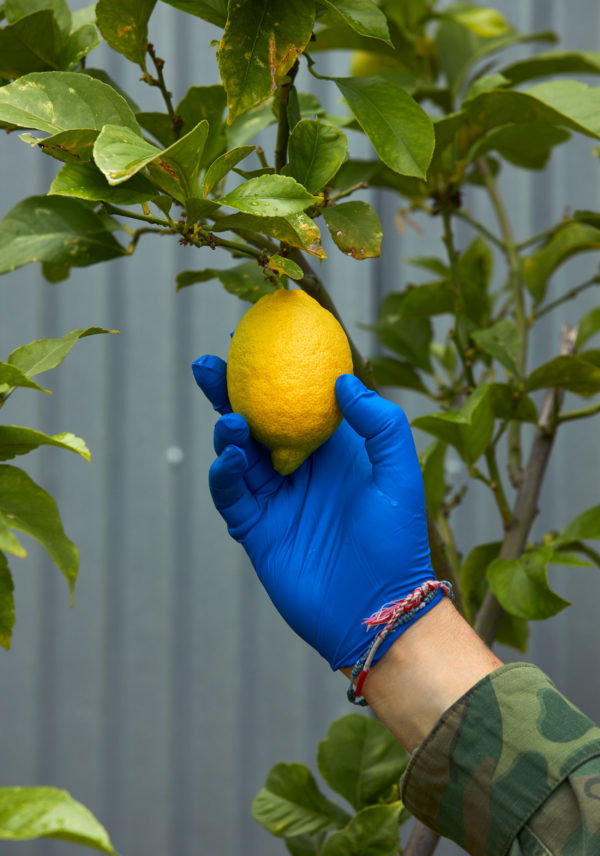These four artists prove creativity can’t be confined
When one door COVIDs, another door opens.
It’s 9:00 a.m. You grab your laptop and plop down on your sofa. The same sofa you sat on last night while bingeing on your latest Netflix fascination. The same sofa you sat on yesterday for eight hours while working from home.
And the same sofa you’ll veg out on again tonight.
If being stuck at home has you stuck in a rut, you’re not alone. We’re all feeling the effects of confinement and repetition.
But on the bright side, constraints like these can actually boost creativity. Boredom allows our minds to wander and explore, so long as we allow ourselves to be bored. (Hint: turn off your phone instead of checking Facebook for the tenth time today.) It’s widely believed, though not proven, that Shakespeare wrote “King Lear” while quarantined. And during the Great Plague of London in 1666 when Cambridge University was forced to shut down, Issac Newton retreated to his family’s home in the country and started working out the foundations of calculus.
Because what else is a mercurial genius going to do to keep his mind occupied?
Not only that, but our brains are good at finding workarounds. Just like a stream will divert itself around a fallen tree, we’re forced to think differently when our usual neuropathways are no longer useful due to external circumstances. That’s exactly what many independent artists and other creatives are being forced to do right now. If you think you have a lot of time on your hands, imagine what it’s like to be sidelined entirely like performers and set designers.
For them, working through a shelter-in-place order requires some serious creativity. That is, above and beyond the creativity it takes to do the job well under normal circumstances. I talked to four such people to learn how they’re using this time.
Virtual collaboration meets choreography
Until a few weeks ago, Larry Keigwin had never participated in a video call. “I wouldn’t even FaceTime on a phone,” he admits. Like many New Yorkers, Larry spent more time out of his apartment than in it. His work happened in the Keigwin + Company rehearsal studio, working closely with dancers. “Closely,” as in just a few inches away, directing movements or demonstrating a lift. But that all paused with New York’s shelter-in-place order, which has been in effect since March 20th.
“It took me a week just to digest the fact that we’re in a different environment,” he says. That’s about the time people in the dance world remembered that Larry had made something of a splash pioneering the use of video to advertise his troupe’s shows. “The Juilliard School called and asked about doing a video project with students. So all of a sudden, I’m thrown into learning how to direct a dance online.”
The project, which Larry is spearheading from a makeshift studio in Oklahoma where he and his partner have been hunkering down, involves dancers rehearsing and performing via Zoom. The dance, set to Ravel’s “Bolero,” starts with a mosaic view of people dancing in unison. Throughout the piece, they’ll focus in on one dancer for a solo. “That’s their home assignment,” Larry says. “They’ll film it with their phone and send it to me so we can stitch it all together as a collage.”
Although mixing the mediums of music, dance, and video isn’t entirely foreign to him (he’s from the MTV generation, after all), the logistical aspects of the project are proving to be a challenge. “Dancers are partnering, but they can’t touch. These are new perspectives that you don’t have in the studio. You arrange bodies in space in the studio. You don’t arrange them by a square on a video.”
Still, the experience has inspired Larry to think about using video in bold new ways in future projects. “In a dance studio, I have a 30-foot by 40-foot frame to work with. I don’t have that with video,” he says. “But what’s exciting is that video offers live sets to work with. I could start a dance with someone walking through the door behind me and you running on a treadmill. We’re already building a narrative just by virtue of the environment.”
Mask-maker, mask-maker, make me a mask
What do you do when you’re a sought-after artist with a collection of 3D printers and a sizable studio space as you watch your beloved city fall deeper and deeper into the grip of a pandemic? You round up more 3D printers and convert your studio into a factory for making face shields that protect hospital workers as they treat patients.
That’s humble work for a guy whose hand-crafted masks have previously decorated the heads of British royalty and runway models. But for Max Steiner, it’s a labor of love. “I happen to have all the equipment and the skills to do this,” he says. “What, I’m gonna just sit at home watching Netflix?” (Clearly not.)
Shortly after the coronavirus hit New York, Max, together with a group of friends and artists, realized they were in a unique position to help and started the project on their own initiative. They purchased 40 more 3D printers and materials with the help of a GoFundMe campaign, set up a website where hospital workers can request shields, and got to work. They’re also printing adapters that allow scuba masks to be fitted with special tubing to create respirators that ensure doctors are breathing filtered air as they work with coronavirus patients.
With artisans working in shifts so the printers can run around the clock, they’re turning out 250 to 300 face shields and respirators each day. “It’s a lot of work,” Max admits. But the response has been tremendous. “People send pictures of themselves wearing the shields, they send thank you notes… I have friends who are surgeons, doctors, nurses, anesthesiologists, and they just love it. We know it’s making an impact.”
You can pitch in, too. To help cover the cost of supplies, make a donation through GoFundMe. You can also visit covidsupplies.nyc to download patterns and instructions for making face shields using a 3D printer that can be donated to medical workers in your area.
Focus on the fundamentals
When I spoke with Luiza Sa-Davis from her home in Los Angeles, she seemed at a bit of a loss. And understandably so. As the guitarist for indie rock band CSS, she spent ten years on the road touring. More recently, as a production sound mixer, she’d been spending her days on set. “I love music,” she says, “but I couldn’t be a producer or one of those people who sit in a cave for weeks working on the same song.” That’s why recording sound for music videos and commercials was so rewarding. “It feels like touring because you’re always in a new place with a new group of people. It’s different every time.”
Now that sound production work has completely dried up, and along with it, CSS’s plans for a reunion tour this year, she has more time on her hands. More than she ever anticipated. “At the beginning of this whole thing, the hardest part was figuring out how to stay healthy and give myself the space to create. But it’s very easy to get out of balance.” That aspect of sheltering in place felt familiar, at least.
According to Luiza, the key to touring as a musician comes down to the most elemental things: sleeping, drinking water, eating right, and managing your energy levels. Now she’s returning to structure and ritual as a way of coping with all the extra downtime. She fills the space with a surprisingly tranquil rotation of activities for a rock musician: yoga, birdwatching, movies, Ken Burns documentaries, and jigsaw puzzles.
Cultivating a sense of order and cadence to each day helps her maintain the energy to work on household projects, sketch out lyrics for new songs, and tutor other musicians on self-recording techniques. “I’m still adapting,” she says, “but I feel like I’m moving forward.”
Still, there’s a lot to be said for spending time recharging and doing not-a-whole-lot. “[Sometimes] I don’t want to read the news,” she says. “I don’t want to look at social media. I just want to put on a documentary about the Shakers and do a puzzle. It’s funny how hard it is to give ourselves permission to do that.”
Using downtime to up-skill
“I’ve always said yes to lots of different types of jobs,” says Michael Schmelling, a Los Angeles-based photographer. His primary subject? People. People often photographed at close range, sometimes in their homes. Obviously, that work is on hold for the moment.
At times like this, it helps to be a dilettante. “About eight or ten years ago, I started doing graphic design,” he says. “So for the first few weeks of staying at home, I still had a bit of residual work. And I had a still life photography job come in, which was nice.”
As a freelancer, Michael is accustomed to times when work is slow. But in recent years, becoming a father had filled the empty space. “I feel like [time to explore] is often missing as a parent,” he says. Now he’s using this extra-slow period to build new skills and pick back up on projects he’d shelved, like a documentary he shot over the past two years. “I’m trying to spend two hours every night on this video project, which means teaching myself how to edit.” He’s also ordered cyanotype chemicals, which is a photographic process that works well in areas with lots of sunlight, such as a back yard.
“It’s a time to look at things differently and challenge yourself to see what you can create with these limitations,” he says. “But I’m more interested in how this time is going to inform my work going forward. Having the time to reflect and think about what’s important, it’s going to be helpful for a lot of creative people.”
While you may be stuck working from the sofa for a while longer, sticking to your same old, same old is optional. I hope these stories have inspired you to try something new in your spare time, or build on your existing skills and interests. Or, maybe, to give yourself permission to spend your extra time doing nothing much at all.










































